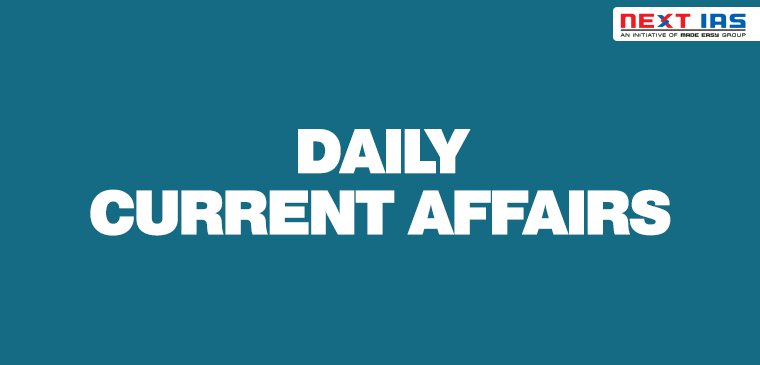
In News
Recently, the Reserve Bank of India (RBI) has decided to continue with the existing interim Ways and Means Advances (WMA) Scheme limit of Rs. 51,560 crore up to 30th September 2021, given the prevalence of Covid-19.
Key Highlights
- The decision has been taken after recommendations of the Advisory Committee on WMA to State Governments, 2021.
- The WMA limit arrived at by the Committee based on total expenditure of States/UTs, works out to Rs. 47,010 crore.
- The RBI held that it would review the WMA limit thereafter, depending on the course of the pandemic and its impact on the economy.
Ways and Means Advances
- These are temporary loan facilities to the Central and State Governments, given by the RBI.
- It was introduced in 1997 with the objective to meet mismatches in the receipts and payments of the government.
- Under it, the government can avail of immediate cash from the RBI and has to return the amount within 90 days.
- Interest is charged at the existing repo rate (rate at which RBI lends short-term money to banks).
- Upon exceeding 90 days, the WMA would be treated as an overdraft (the interest rate on overdrafts is 2 percentage points more than the repo rate).
- The WMA limits are decided by the government and RBI mutually and revised periodically.
- There are two types of WMA
- Special WMA or Special Drawing Facility (SDF)
- These are secured advances provided against the collateral of the government securities held by the state.
- The interest rate for SDF is one percentage point less than the repo rate.
- Normal WMA
- These are clean advances.
- After the state has exhausted the limit of SDF, it gets normal WMA.
- The number of loans under normal WMA is based on a three-year average of actual revenue and capital expenditure of the state.
- Special WMA or Special Drawing Facility (SDF)
- Significance
- Due to the Covid-19 and its impact on the economy, States need large financial resources immediately to deal with related measures to curb it.
- As WMA funding is cheaper than market borrowings, these can be a better alternative to raising longer-tenure funds from the markets, issue of State government securities and short-term borrowing from financial institutions.
Other Announcement
- The SDF availed by States/UTs shall continue to be linked to the quantum of their investments in marketable securities issued by the Government of India, including the Auction Treasury Bills (ATBs).
- Issued by the Government of India, ATBs are money market instruments issued as a promissory note with guaranteed repayment at a later date.
- The net annual incremental investments in Consolidated Sinking Fund (CSF) and Guarantee Redemption Fund (GRF) shall continue to be eligible for availing of SDF, without any upper limit.
- CSF was first proposed by the 10th Finance Commission and was formed in the year 1999-2000, for the amortization of open market credits benefited by the State Government.
- This is one of the intermediaries accessible to State governments for revamping their liabilities and is a reserve through which some financial strictness is being protected.
- GRF was established in the Public Account of India from 1999-2000 for redemption of guarantees given to Central Public Sector Enterprises (CPSEs), Financial Institutions, etc. by the Union Government whenever such guarantees are invoked.
- Budgetary appropriations with an annual provision in the Budget feeds it and it is maintained outside the Consolidated Funds of the States. It is only used for redemption of loans.
- CSF was first proposed by the 10th Finance Commission and was formed in the year 1999-2000, for the amortization of open market credits benefited by the State Government.
- A uniform hair-cut of 5 per cent shall be applied on the market value of securities, for determining the operating limit of SDF on a daily basis.
Source: TH
Previous article
Malaria
Next article
Reforms In the National Pension System